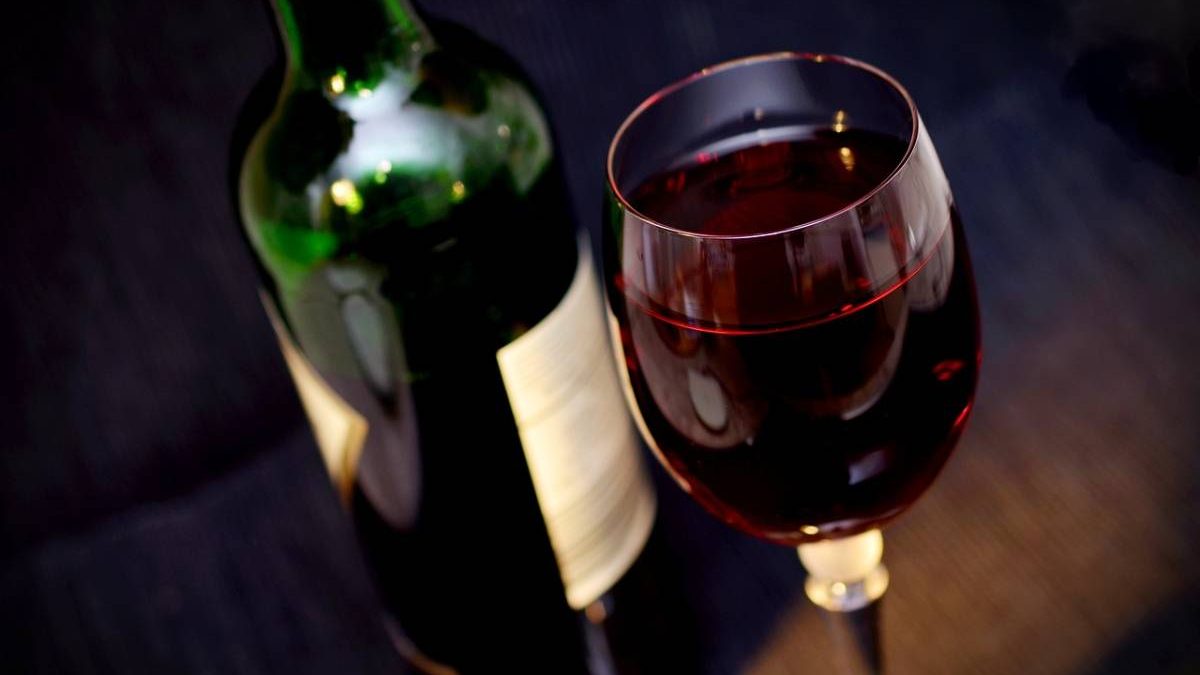Wine tasting is more than a mere sip; it is a sensory exploration, a journey through the nuances of flavors, aromas, and textures that define a bottle’s personality. In this exploration of the oenophile’s world, we delve into the intricate art and science of wine tasting, shedding light on the techniques, terminology, and sheer delight that accompanies each sip.
Table of Contents
The Ritual of Wine Tasting
Wine tasting is not a casual affair; it is a ritual steeped in tradition and refined over centuries. The process begins with the visual examination of the wine, observing its color and clarity. Holding the glass against a white background allows for a precise evaluation of hues, providing initial insights into the wine’s age and varietal.
The Dance of Aromas
Swirling the wine in the glass releases its aromatic compounds, a prelude to the olfactory journey awaiting the taster. Aromas are classified into primary, secondary, and tertiary categories. Primary aromas emanate from the grape variety, secondary aromas develop during fermentation, and tertiary aromas evolve during aging. The nose detects a symphony of scents, from fruity and floral to spicy and oaky, offering a preview of the taste to come.
Palate Exploration
The palate is where the true essence of wine is unraveled. The initial impression, known as the attack, introduces the first burst of flavors. This evolves into the mid-palate, where the wine’s structure, acidity, and sweetness come to the forefront. The finish, or aftertaste, lingers on the palate, leaving a lasting impression.
Terminology: The Language of Tasting
To articulate the multifaceted experience of wine, a specialized vocabulary has evolved. Descriptors like tannins, acidity, body, and balance are common terms used to communicate the tactile and structural elements of a wine. Tannins, for example, refer to the astringent compounds found in grape skins, seeds, and stems, contributing to a wine’s texture and aging potential.
The Impact of Terroir
Terroir, a term deeply embedded in the world of wine, encapsulates the influence of the environment on grape growth and, consequently, the taste of the wine. Factors such as soil composition, climate, and topography shape the unique characteristics of each vineyard, creating a sense of place in every bottle.
Varietal Expressions
Wine tasting is a journey through the diverse world of grape varieties, each expressing its distinct personality. From the bold Cabernet Sauvignon with its dark fruit flavors to the elegant and floral notes of a Chardonnay, varietals offer a spectrum of tastes awaiting exploration.
The Art of Food Pairing
Wine is not merely a standalone experience; it is often complemented by the culinary arts. The delicate interplay between wine and food is a subject of study in itself. The right pairing can elevate both the wine and the dish, creating a harmonious synergy that enhances the overall dining experience.
Blind Tasting: A Test of Expertise
For seasoned tasters, blind tasting adds an element of mystery and challenge. Without knowledge of the wine’s identity, tasters rely solely on their sensory perceptions to identify grape variety, region, and vintage. This exercise hones the skills of deduction, requiring a deep understanding of wine characteristics.
Tasting Etiquette
Beyond the sensory aspects, wine tasting involves a set of social norms and etiquettes. Glasses should be held by the stem to avoid warming the wine, and sips should be small to allow for multiple tastings. Swallowing or spitting is a personal choice, particularly in a professional tasting setting.
The Continuing Journey
Wine tasting is a dynamic, ever-evolving journey. As palates mature and preferences shift, the exploration of new regions, varietals, and vintages becomes an ongoing adventure. Wine enthusiasts find joy in the discovery of hidden gems, the pleasure of revisiting old favorites, and the continuous refinement of their tasting skills.
Conclusion: A Symphony in Every Sip
In the world of wine tasting, every glass tells a story—a narrative of the land, the climate, and the hands that crafted it. It is a symphony where each element, from color to aroma to taste, harmonizes to create a sensory masterpiece.
Whether one is a seasoned sommelier or an eager novice, the art and science of wine tasting offer a captivating odyssey that unfolds with every swirl, sniff, and sip.
Cheers to the timeless pursuit of unraveling the secrets within each bottle, and to the boundless joy that accompanies the journey of tasting and appreciating fine wines.

